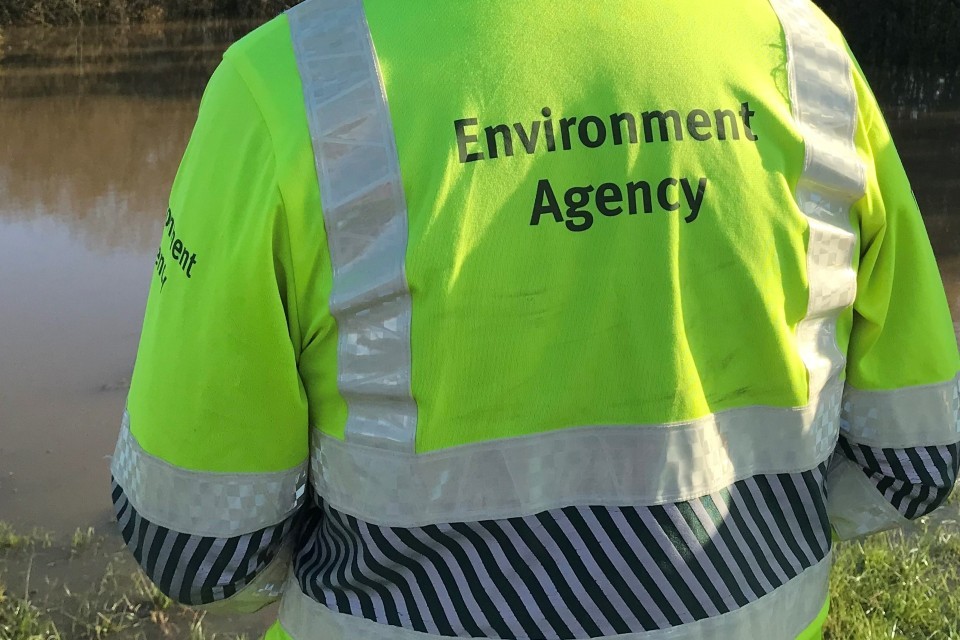
Action taken following dry conditions in Suffolk, Norfolk and Essex
Published By GOV.UK [English], Tue, Jul 19, 2022 11:08 AM
Following a dry spring, river flows and some groundwater levels are ‘below normal’ in parts of Essex, East Suffolk and the Broadland rivers area*.
Prolonged dry weather is a natural event. It occurs as a result of low rainfall for an extended period of time. Once prolonged dry weather is declared actions are taken to minimise impacts on the environment and the risk of further deterioration.
Impacts of this weather are already being felt in Suffolk, Norfolk and Essex with river flows becoming lower, causing problems for wildlife and river users.
The Environment Agency has been monitoring the situation and reviewing the range of dry weather indicators, including groundwater levels, river flows and soil conditions.
It also has teams ready to respond to reports of low dissolved oxygen levels in watercourses to help protect fish populations.
Abstraction licence holders in the affected areas may receive notice to restrict the amount of water they can take. This may include taking reduced quantities or only abstracting at specific times of the day, depending on local circumstances.
Alison Parnell, a drought manager for Environment Agency in East Anglia, said:
We continue to monitor our key river, groundwater and reservoir sites using telemetry, and are liaising with water companies to understand any emerging concerns.
We are also working with farmers, businesses and other abstractors to manage water availability and ensure that they get the water they need to be resilient while maintaining our protection of the environment.
We are closely monitoring the developing incident and produce regular reports on the water situation, available on www.gov.uk.
In the lead up to this announcement the Environment Agency has been monitoring weather forecasts, hydrology, and the impacts on the environment.
Field teams have been busy sampling to check for the impacts of dry weather on the ecology.
We have also been meeting with water companies so we can share information and request action to be taken in accordance with their drought plans.
We can all do our part to use water wisely and manage this precious resource. If you are using water in the garden, take some simple steps such as fitting a trigger to your hose or using a bucket to wash the car or water plants. For more water saving tips visit Waterwise.
If people see any environmental impacts due to dry weather, such as fish in distress, please report it to the Environment Agency 24/7 on 0800 80 70 60.
Additional information:
*The River Wensum and River Bure are not currently in a Prolonged Dry Weather location despite being part of the Broadland River area.
The last time East Anglia moved to prolonged dry weather status was in 2020 for the Cam and Ely Ouse area.
The last time East Anglia declared drought was in May 2019. This drought resulted from three years of exceptionally dry weather across the southeast. It was declared as an environmental drought.
The Environment Agency’s regulatory role involves issuing and regulating abstraction licences and drought permits, imposing abstraction restrictions and scrutinising water company drought plans to ensure they are robust and fit for purpose.
Water companies plan for the expected increase in demand and reduction in effective rainfall over the warmer months and decide themselves on proposing drinking water restrictions. We work closely with the companies to ensure they follow their drought plans.
Press release distributed by Media Pigeon on behalf of GOV.UK, on Jul 19, 2022. For more information subscribe and follow